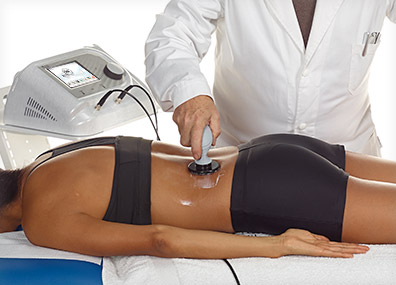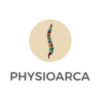Physiotherapy
Tecar Therapy
The Tecar Therapy is an advanced physical therapy based on the utilization of high-frequency electromagnetic fields. This therapy form is successfully employed for pain relief, anti-inflammatory effects, and promoting healing in various musculoskeletal disorders.
During a Tecar treatment, special devices are used to transfer electromagnetic energy into the affected tissues. This process stimulates cell activity, improves blood circulation, and enhances the metabolism in the tissues. Targeted application can alleviate pain, reduce inflammation, and accelerate regeneration.
Tecar Therapy is often applied for sports injuries, osteoarthritis, tendon inflammations, and other orthopedic issues. It provides a non-invasive and pain-free alternative for patients seeking effective methods for accelerating healing.
The customization of therapy to the patient's needs makes Tecar Therapy particularly effective. It can be used both as an independent treatment and as part of a more comprehensive physiotherapeutic treatment plan.
Tecar Therapy has established itself as an effective method for pain control and tissue regeneration, with many patients experiencing a noticeable improvement in their symptoms and an accelerated return to normal activities.


